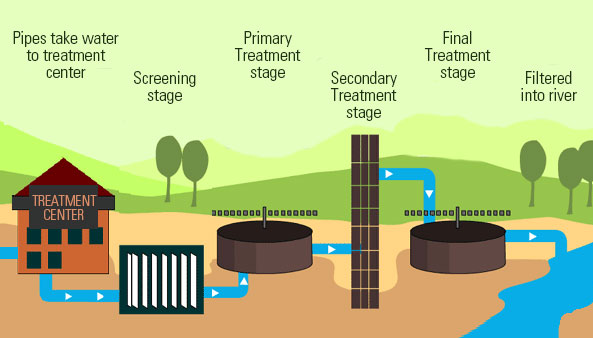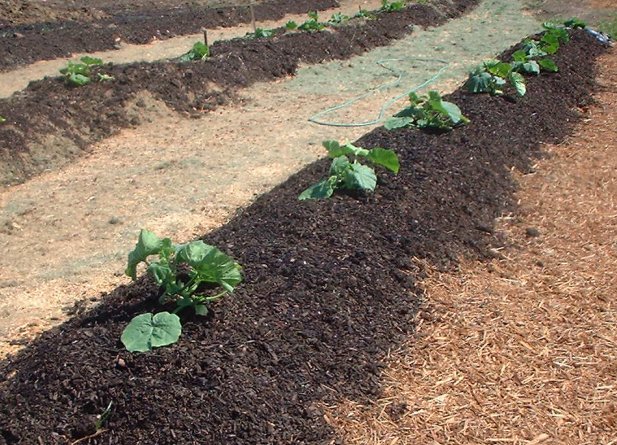We generate a lot of sh*t. The US produces over 1 billion tons of poop a year. That’s a lot of something that goes to waste. Now, what should we do about all of it? Improper disposal of poop can contribute to pollution since it can contaminate water and soil sources. So, what does proper sewage treatment look like?

First, the sewage has to go through a screening stage in order to remove any non-poop things that must’ve somehow gotten into the sewers. This is pretty self explanatory since random things could clog the system if they are not removed in the initial screening stage. Then, it moves onto the primary stage of treatment. We use the property of density so the heavier things sink and the mostly water continues on. This is where we get a really cool bi-product of sewage treatment – biosolids. Now, you might not think that really condensed sh*t is cool, but trust me, it is. We will get to that in a little!
Next, the mostly water goes onto the secondary treatment stage where it moved through a corrugated material. Bacteria gathers in the material and then, it is left in an aeriation tank and the bacteria eats the organic matter that is left in the water after stage one. Pretty cool! Finally, in the final stage, the water is treated with chlorine to get rid of any of the leftover pesky bacteria. Sometimes, some sewage management plants use alternatives like UV treatment or ozone. In newer sewage management, we are using techniques like reverse osmosis, distillation, and more because our current treatment methods still leave a lot of unwanted things in the water.

Onto the good stuff — biosolids! Biosolids are the leftover result of sewage management and are essentially really compacted poop. Similar to manure, it can safely be used in agriculture to add nutrients to the soil. Around 25% of biosolids go to agriculture, which is a great use. It is interesting because it is very cyclical, just how nature intended it. On the other hand, around 40% of biosolids go to solid waste landfills.
We could use biosolids more effectively to help to lower the need for fertilizer instead of throwing it in landfills. This would require major infrastructure changes so that sewage plants could more effectively harvest and move the waste to agricultural areas. In the long run, though, using biosolids could be a useful tool in sustainable farming practices.
The use of biosolids in agriculture is certainly an interesting concept, and as a student in plant sciences the idea of alternative fertilizers is something that comes up fairly consistently in classes. A concern I’d have with this idea however is the fact that even though we sterilize the waste material, its hard to remove residue chemicals and pollutants (think prescription drugs or heavy metals). I’d be concerned with these substances making their way into soils and food products and eventually back into consumers. What do you think of this issue?
I have previously heard of biosolids, but mostly in the sense of manure and other types of non-human natural fertilizers. 1 billion tons of sh*t is definitely a lot, and reusing any of that in any capacity is definitely a funny yet resourceful method since there is no of avoiding all of that human waste, so might as well use it. In the future, this idea could definitely prove useful, and move us to a more self-sustaining society.
I hadn’t really given that much thought to the use of biosolids before, so this was a very interesting blog to read. When it is put into writing, it is quite miraculous really how much poop we generate. But most of all, it is miraculous how much of that poop is wasted and not put to good use. I agree with Charlie’s point about the sterilization of biosolids. Although the screening and sewer system does purify and sterilize the majority of waste, there is still the possibility of error. And, if biosolids are then being used to grow plants and crops for humans to consume, a sanity problem arises. This was such an interesting read, and I look forward to reading more!